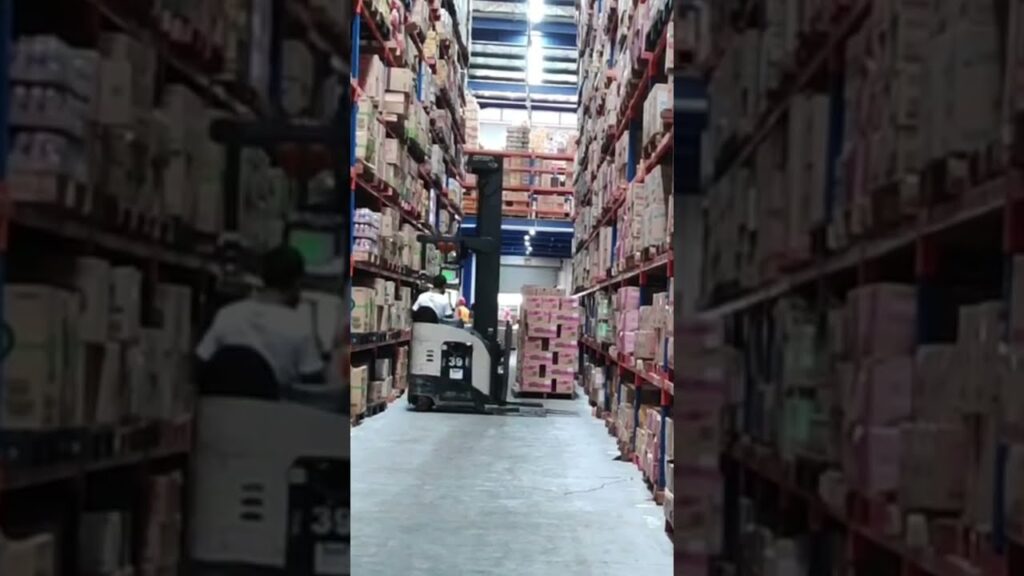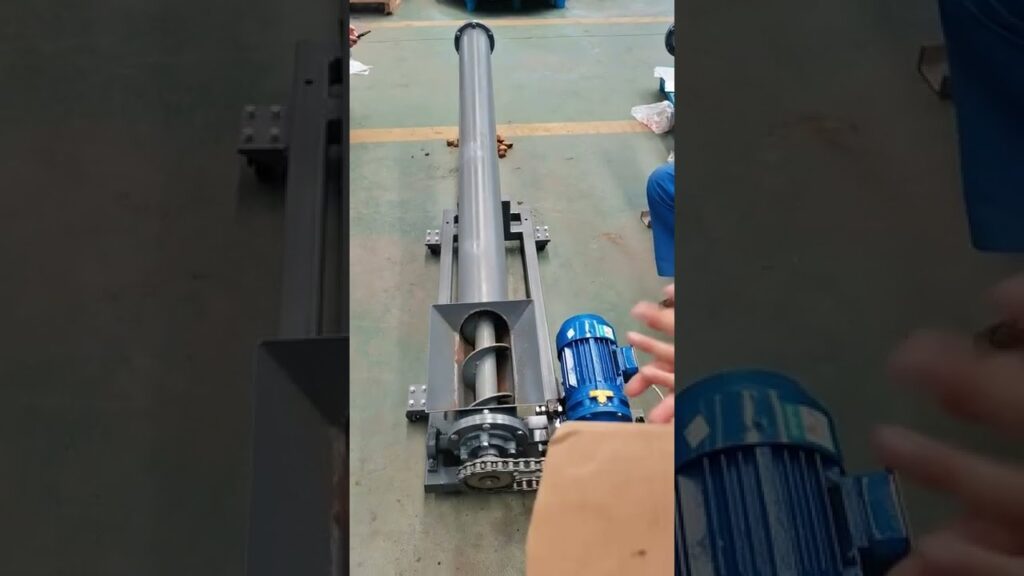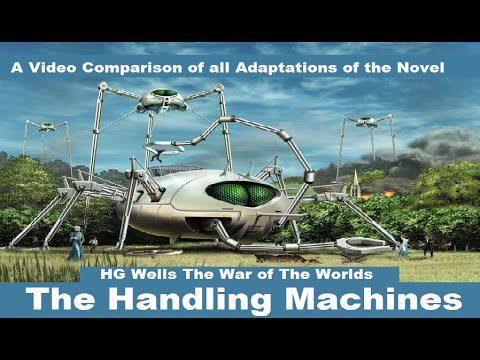Material Handling Equipment: Revolutionizing Warehouse Operations
Material handling equipment plays a vital role in modern-day warehouse operations, providing efficient and safe movement of goods throughout the facility. In this article, we will delve into the world of warehouse material handling equipment and explore its significance in operations management. We will also discuss the factors that influence handling machine prices, shedding light on the various options available in the market.
Warehouse operations have come a long way since the early days of manual labor, where workers had to physically move products from one place to another. Advancements in technology have revolutionized this aspect of business operations, with material handling equipment taking center stage. These machines are designed to streamline operations, improve productivity, and ensure the safety of workers.
One of the most important considerations when investing in material handling equipment is the price. Depending on the specific needs of a warehouse, the cost of these machines can vary significantly. Factors such as the type of equipment, its capacity, functionality, and advanced features all contribute to the final price tag.
There are several types of material handling equipment available in the market, each designed to cater to specific needs. Forklifts, for example, are widely used for lifting and transporting heavy loads within a warehouse. These versatile machines come in various sizes and capacities, allowing businesses to choose the right model for their requirements. The price of a forklift can range from a few thousand dollars for a basic model to tens of thousands for a more advanced variant.
Conveyor belts are another essential component of material handling equipment in warehouses. These automated systems help in the smooth movement of goods from one area to another, eliminating the need for manual labor. Conveyor belt prices depend on factors such as the length and width of the belt, its material, load capacity, and additional features like speed control and sorting capabilities.
Pallet jacks, also known as pallet trucks, are widely used for transporting palletized goods within a warehouse. These machines come in both manual and electric variants, with the latter being more expensive due to their advanced functionality. The price of a pallet jack also depends on factors such as load capacity, maneuverability, and durability.
In recent years, automated guided vehicles (AGVs) have gained significant popularity in the field of material handling equipment. These self-operating machines use advanced technology to navigate through the warehouse, transporting goods without human intervention. AGV prices are generally higher than traditional equipment, primarily due to their sophisticated navigation systems and sensor technology.
When considering the price of material handling equipment, it is crucial to weigh the cost against the benefits it brings to the warehouse operations. Investing in high-quality and reliable machines may require a higher upfront cost but can lead to significant long-term savings. Efficient material handling equipment reduces the risk of damage to goods, minimizes downtime, and optimizes productivity.
In conclusion, material handling equipment is a game-changer in the world of warehouse operations. Its ability to streamline processes, increase productivity, and enhance worker safety is invaluable. When looking to invest in handling machines, it is essential to consider factors such as type, capacity, and advanced features that influence pricing. By carefully evaluating the specific needs of a warehouse, businesses can make informed decisions and select the right equipment to drive their operations forward. AWESOME machines provide a wide range of material handling equipment, catering to diverse business requirements.
Handling Machine
“Unveiling the Power of Material Handling Equipment: Discover the Fascinating Features and Pricing of Cutting-Edge Handling Machines!”


